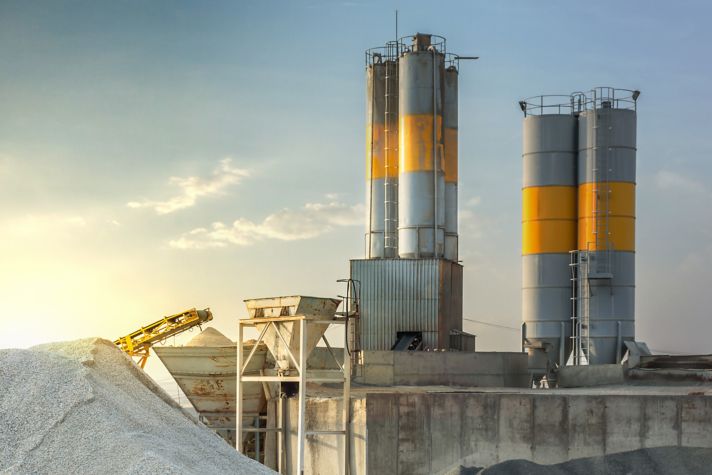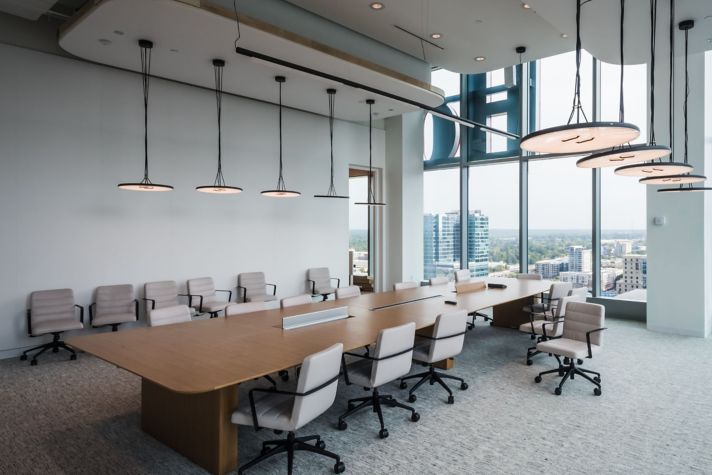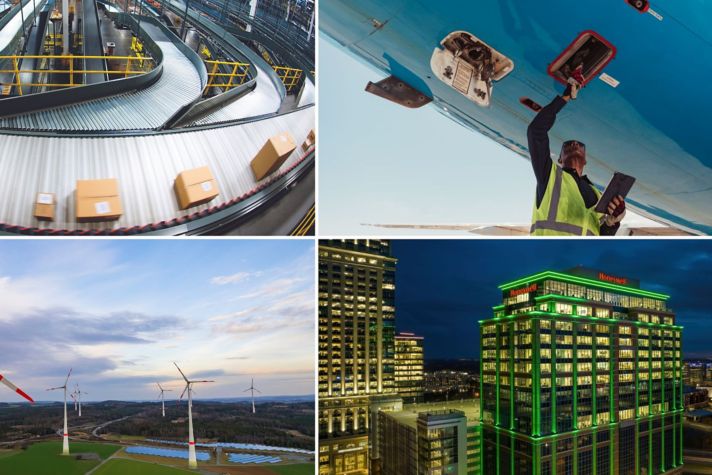-
Global
-
Africa
-
Asia Pacific
-
Europe
-
Latin America
-
Middle East
-
North America
- |
- BUSINESSES
- |
- Contact
- |
-
Global
-
Africa
-
Asia Pacific
-
Europe
-
Latin America
-
Middle East
-
North America
- |
- BUSINESSES
- |
- Contact
- |
You are browsing the product catalog for
You are viewing the overview and resources for
- News
- How the Eiffel Tower Will Reduce Its Carbon Footprint
How the Eiffel Tower Will Reduce Its Carbon Footprint
Scientific innovation gave this Paris landmark a lasting purpose. Its latest upgrade will help keep it around for future generations to enjoy.
Today, the Eiffel Tower is the world’s most-visited monument – attracting 7 million annual visitors on average – but when it was built for the 1889 World’s Fair, the landmark was initially meant to be demolished after 20 years.
Its purpose as a host of scientific experiments and research saved it from being dismantled.
Gustave Eiffel, the engineer behind the tower, used it to study astronomy, conduct electricity and physics experiments, and helped establish it as an antenna that led to advancements in telegraphy and eventually radio and TV broadcasting.
Innovation saved the Eiffel Tower more than a century ago. Now, it’s what will help the structure become more energy-efficient and reduce its carbon footprint in the future. Here’s what to know.
What: The Société d'Exploitation de la Tour Eiffel – the organization that operates the monument – adopted the Solstice® ze (R-1234ze) ultra-low-global warming potential refrigerant (GWP) to reduce carbon dioxide equivalent emissions.
How it works: Solstice® ze, based on hydrofluoroolefin (HFO) technology, provides a non-ozone-depleting cooling solution.
Where: The refrigerant technology, along with equipment provided by French distributor Climalife, component manufacturer AF Energy and French refrigeration specialist ALM Froid, is supporting a new cooling system in the Eiffel Tower’s west pillar.
Why it matters: The tower’s new cooling system replaces one with a legacy refrigerant that has a high global warming potential.
With an upgraded system, the Eiffel Tower can operate more efficiently so visitors in the future can keep admiring and learning from the historic site.
The big picture: Low global warming refrigerant technology can help cool large buildings like the Eiffel Tower and other applications – from automobiles to commercial spaces like supermarkets, and more – are helping businesses and organizations reduce their carbon footprint.
Copyright © 2025 Honeywell International Inc.




